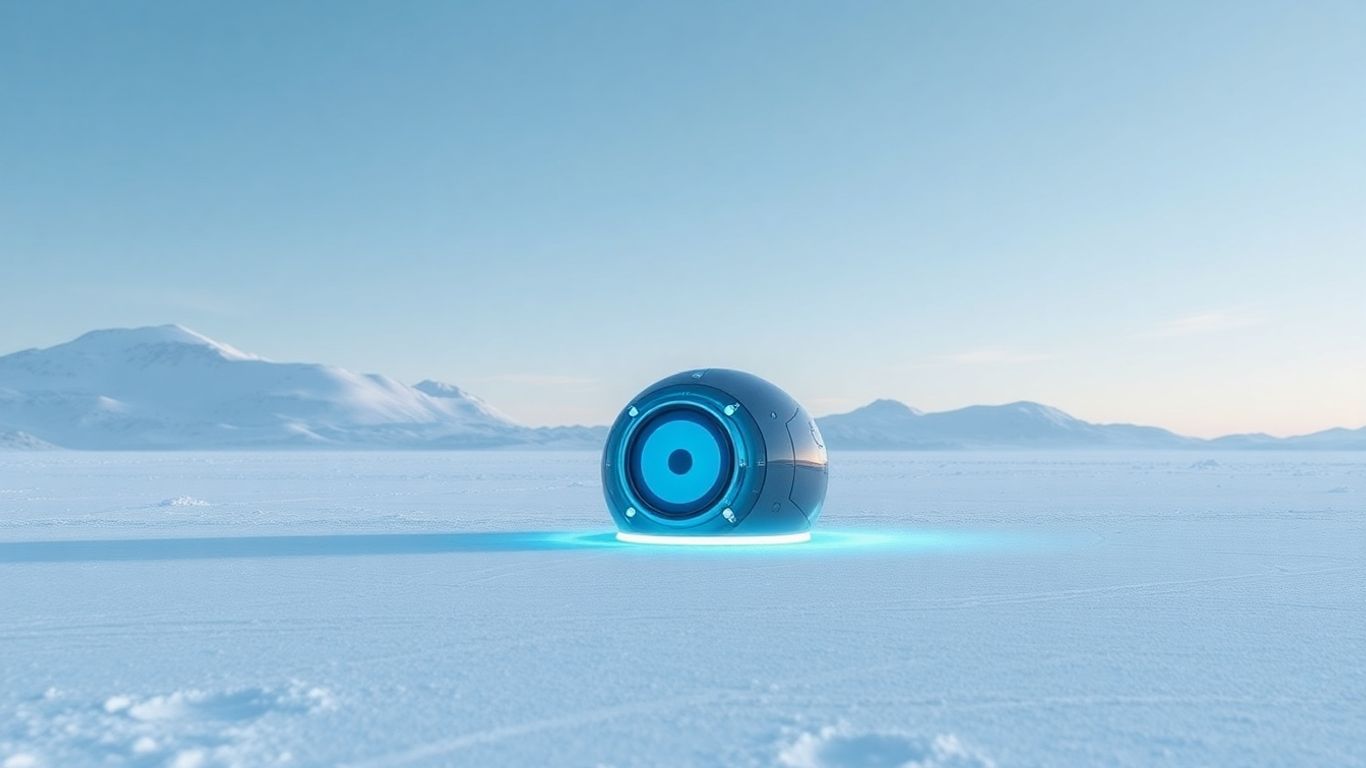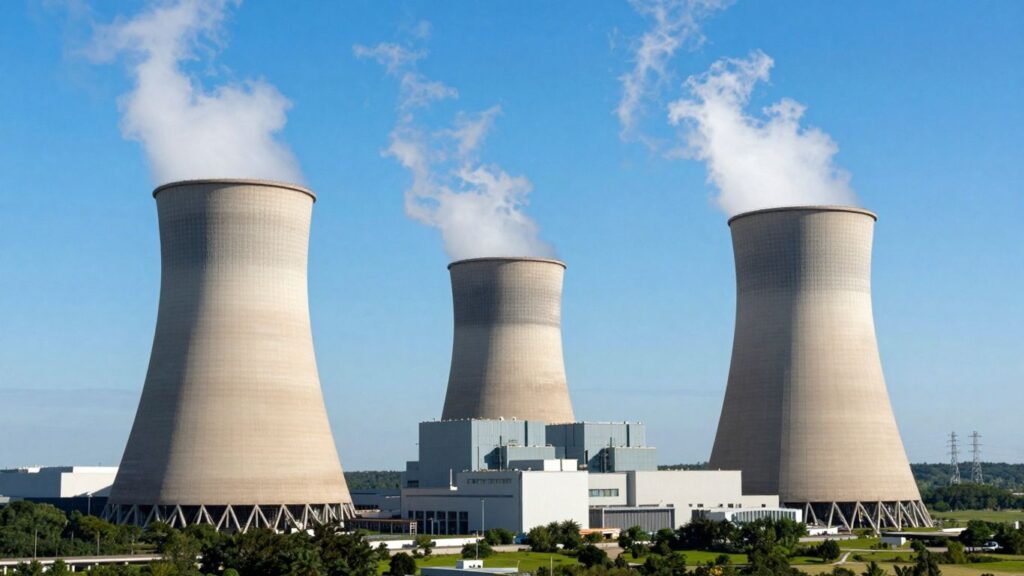The U.S. Department of the Air Force has taken a significant step towards deploying its first nuclear micro-reactor, issuing a Notice of Intent to Award to Oklo for a project at Eielson Air Force Base near Fairbanks, Alaska. This initiative aims to replace the substantial amount of coal currently shipped to power the facility, marking a potential shift towards more sustainable and reliable energy solutions for military infrastructure, particularly in remote and challenging environments like the Arctic.
Key Takeaways
- The U.S. Air Force is planning to test a modular nuclear micro-reactor at Eielson AFB in Alaska.
- The project aims to replace coal shipments with a cleaner, more reliable energy source.
- Oklo has been identified as a potential partner for the construction and operation of the reactor.
- The reactor is expected to be a 5 MW facility, with potential for scalability.
- The initiative aligns with broader U.S. energy policy promoting nuclear power.
Advancing Modular Nuclear Power
The U.S. Air Force’s move signifies a major milestone for modular nuclear power, which promises to deliver heat and electricity more affordably and efficiently than traditional nuclear plants. These smaller reactors, designed for mass production and transport, are particularly attractive for powering remote locations. The proposed reactor at Eielson AFB is intended to provide a portion of the base’s 35 MW energy needs, offering both heat and light, crucial in Alaska’s harsh climate where temperatures can plummet to minus 50°F.
Partnership and Future Potential
While the agreement with Oklo is not yet a firm contract, it represents a significant advancement in the Air Force’s efforts to explore innovative energy solutions. The potential contract includes a 30-year power purchase agreement, covering construction, operation, maintenance, and decommissioning, contingent upon securing a license from the Nuclear Regulatory Commission (NRC). The reactor’s design is expected to utilize advanced fuels like high-assay, low-enriched uranium (HALEU) or TRISO fuel pebbles, both capable of operating for up to 15 years without refueling.
Secretary of the Air Force Frank Kendall highlighted the pilot project’s potential to position Alaska and the nation at the forefront of energy innovation. He emphasized its role in shaping future approaches to powering national security infrastructure, especially in the Arctic, where energy reliability is paramount given evolving threats.












